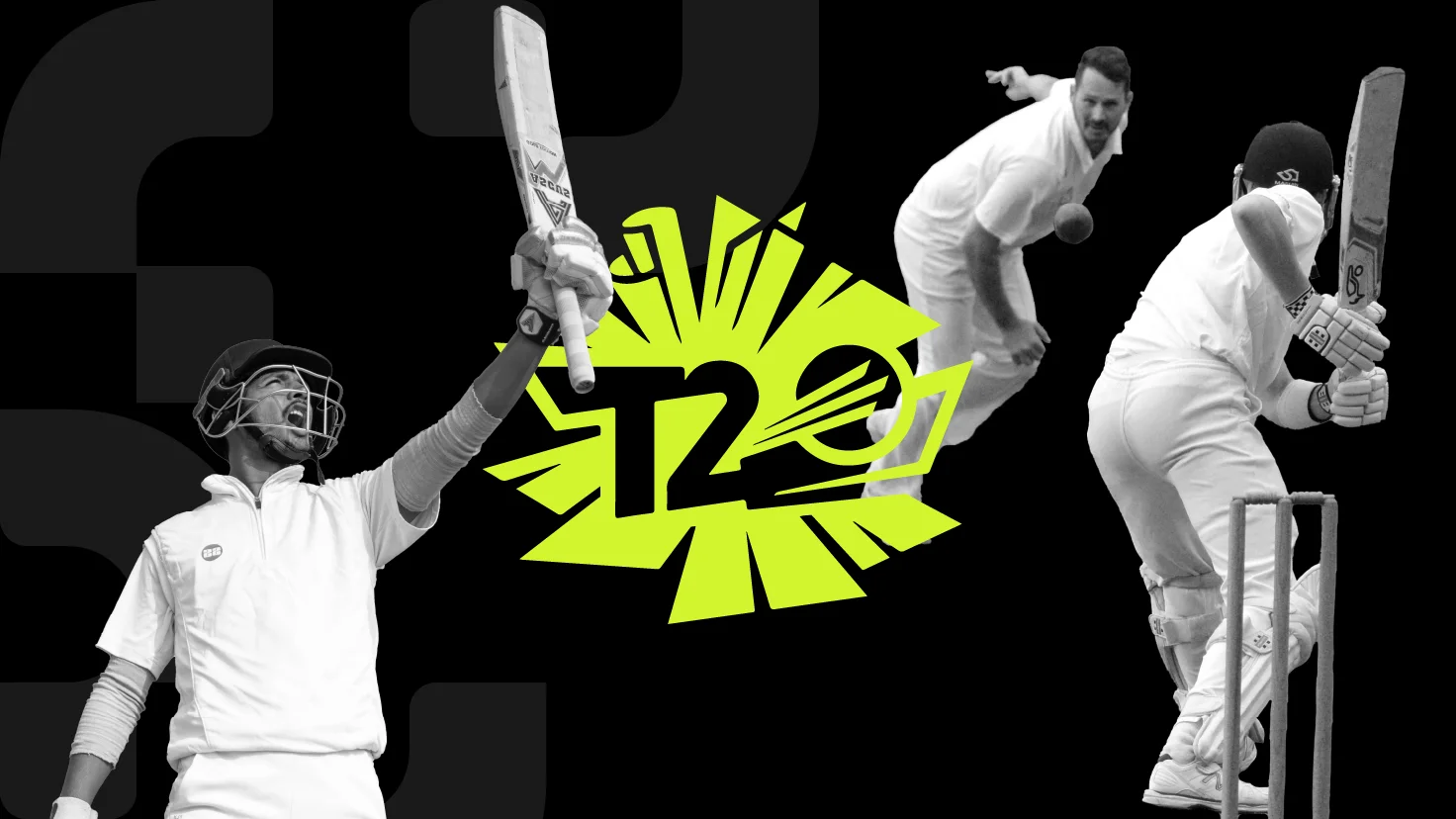The Winning Edge: 3 Strategies for Betting on T20 Cricket


Twenty20, also known as T20, is an immensely popular form of cricket. As the name suggests, each team gets to bat for a maximum of 20 overs. Since the first T20 game was played in June 2003, the sport has attracted a legion of followers keen to get invested in a rapid-fire type of cricketing match.
There are several major domestic leagues today, including the Big Bash League, Pakistan Super League, and the Indian Premier League (IPL). For reference, within ten years of its formation, the IPL brand was valued at over $5 billion!
The Twenty20 World Cup is the biggest international tournament, although nations compete in various series throughout the year.
Given the game’s growth, it’s no surprise that the betting industry has jumped on the bandwagon. These days, practically every bookmaker offers T20 markets with matches occurring regularly. Individuals with sensible cricket betting strategies can profit from this situation.
This T20 cricket betting strategy guide outlines three ways to potentially take the bookies to the cleaners.
1. Give Conditions Their Dew
If you’re unfamiliar with the ‘dew factor’ in cricket, you’re overlooking something that could change how you bet on a match. Dew describes tiny droplets of water that appear on grass (or other surfaces) during the night. While it isn’t a major consideration when matches start early in the day, it can become a big factor in so-called day-night games.
During the day, the earth is warmer than the air, meaning no dew formation. However, the earth releases heat faster in the evening while the surrounding air stays warm. The temperature difference between the ground and the air above it leads to the condensation of water vapor molecules in the air. Therefore, in evening T20 games, you might see a layer of dew on the outfield.
Here are some ways in which dew impacts a game of cricket:
- The ball becomes slippy, meaning it is harder to throw and catch
- Bowlers find it harder to grip the ball, resulting in difficulties when it comes to bowling consistent line and length
- It becomes harder to swing the ball
- Spinners can’t get their usual level of spin due to the aforementioned grip issues
- Batsman find it harder to hit the ball cleanly, meaning they’ll score fewer boundaries
In a day-night game, dew is likely to only appear during the second innings, so the captain will choose to field first if they win the coin toss.
Incidentally, the dew factor is most prevalent in games played in Bangladesh, India, and Pakistan. It is less of a consideration for matches played in England and Australia, although it could play a role.
Including it in your T20 cricket betting strategy doesn’t mean you should always back the side batting second when there is dew. Indeed, if bookmakers know about it, they’ll cut their prices on the team fielding first. You might find that the site overrates the dew factor, ensuring you have a potential value bet on the side batting first. This is especially true if they were the ‘pre-dew’ favorites.
2. The First Five Overs
With a maximum of 20 overs per innings, momentum can swing incredibly quickly. One of the top betting strategies in cricket involves taking advantage of market overreactions.
A case in point is when an early wicket falls. What often happens is that the odds on the batting team increase beyond what’s reasonable. Acting fast could yield a small profit if you have an account with an exchange or a crypto betting site offering decent cash-out options.
After the initial market overreaction, the odds begin to settle, meaning the price on the batting team to win falls below where it was directly after the wicket fell. Within a few balls, you’re likely to have the option to cash out for a profit or trade in a manner that gives you a risk-free bet on the batting team.
You should only implement this strategy in the first innings. Also, it is only likely to work if the wicket falls in the first five overs at a maximum; the first three overs is an even better scenario. The batting team has a decent chance to recover with nine wickets still in hand.
The biggest risk with this T20 cricket betting strategy is the batting team losing a second wicket quickly.
3. Watch, Learn & Profit
You’ll often find that the best cricket betting strategies are variations on a theme. Remember, the game will feature a maximum of 240 balls, so those looking to earn money by betting in-play must react very quickly. By far, the best way to monitor events as they unfold is by watching Twenty20 games live.
The brevity of T20 cricket means that the fielding team often looks to attack from the beginning. Furthermore, the batting team is likely to start aggressively due to the ‘Powerplay,’ which only permits the fielding team to have two players outside the 30-yard circle. Consequently, it becomes easier to hit boundaries once a batter gets the ball through the initial circle of fielders.
Something Has to Give!
An overly aggressive batting team could quickly lose three of four wickets, immediately putting them on the back foot. Likewise, a poor bowling performance could see a batting team rack up an impressive early score.
One strategy is to back a batting team if a well-known boundary hitter is at the crease. For instance, when Chris Gayle of the West Indies was batting, fireworks were almost guaranteed if he stayed in for more than a few minutes.
Conversely, you could back the bowling team if someone known for bowling consistently good line and length is in action. A few good deliveries are all it might take to frustrate the opposing batter into making a poor decision.
As far as in-play cricket betting strategies go, watching intently could result in you winning. For instance, you might be able to tell when a normally reliable bowler is having an off-day and bet on the batting team to score X amount of runs in the bowler’s next over. As bowlers only get a maximum of four overs each, you best make this decision quickly!
Likewise, a batter failing to impose themselves on the game can cost his team dearly. If a batter stays at the crease too long without scoring many runs, they give the rest of the team a lot of work to do.
Major events such as wickets or boundaries briefly impact the odds. You can get on an exchange to scalp a small profit from market overreactions or act early to get a good price before a wicket, or high scoring overtakes the value out of the odds.
The Best T20 Cricket Betting Strategy Is to Be Quick Off the Mark!
On the pitch, speed is of the essence in Twenty20 cricket, as there is relatively little time for either team to react to setbacks. This knowledge usually results in teams taking far more risks than they would in 50-over matches. The result is a fast, furious, and fun form of cricket that’s a boon for ambitious punters with an eye for the sport.
Those who are quick to spot momentum changes in games or act quickly after a major event in the game can make regular profits from sensible cricket betting strategies. If you don’t act quickly enough, however, you’ll lose the value, and your account balance will dwindle accordingly.











